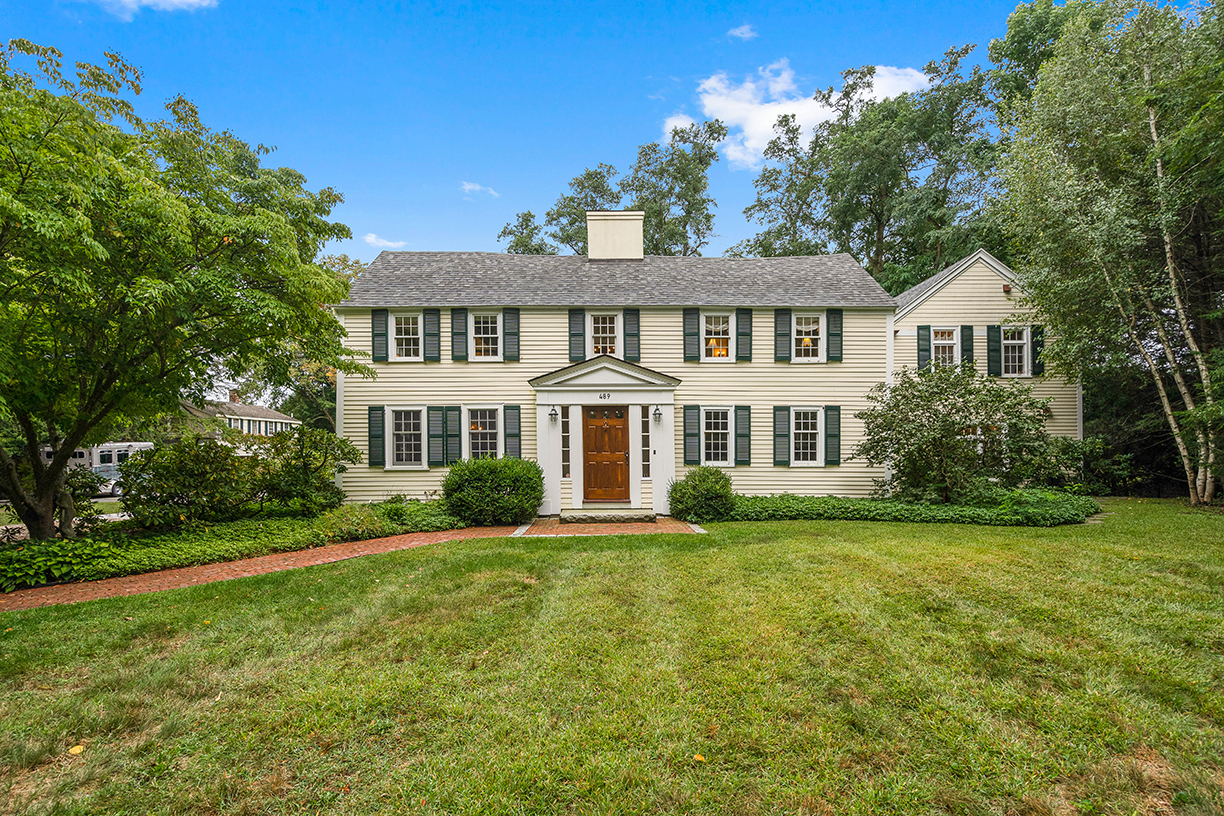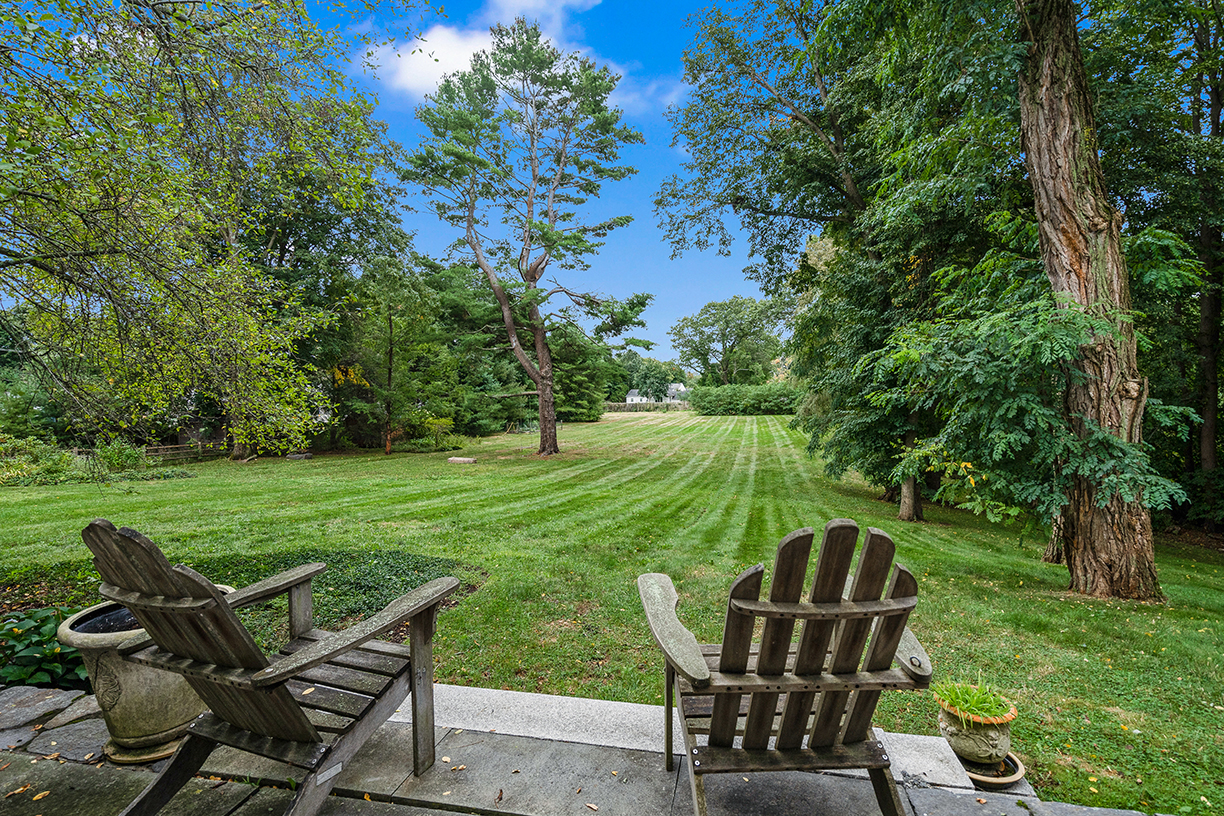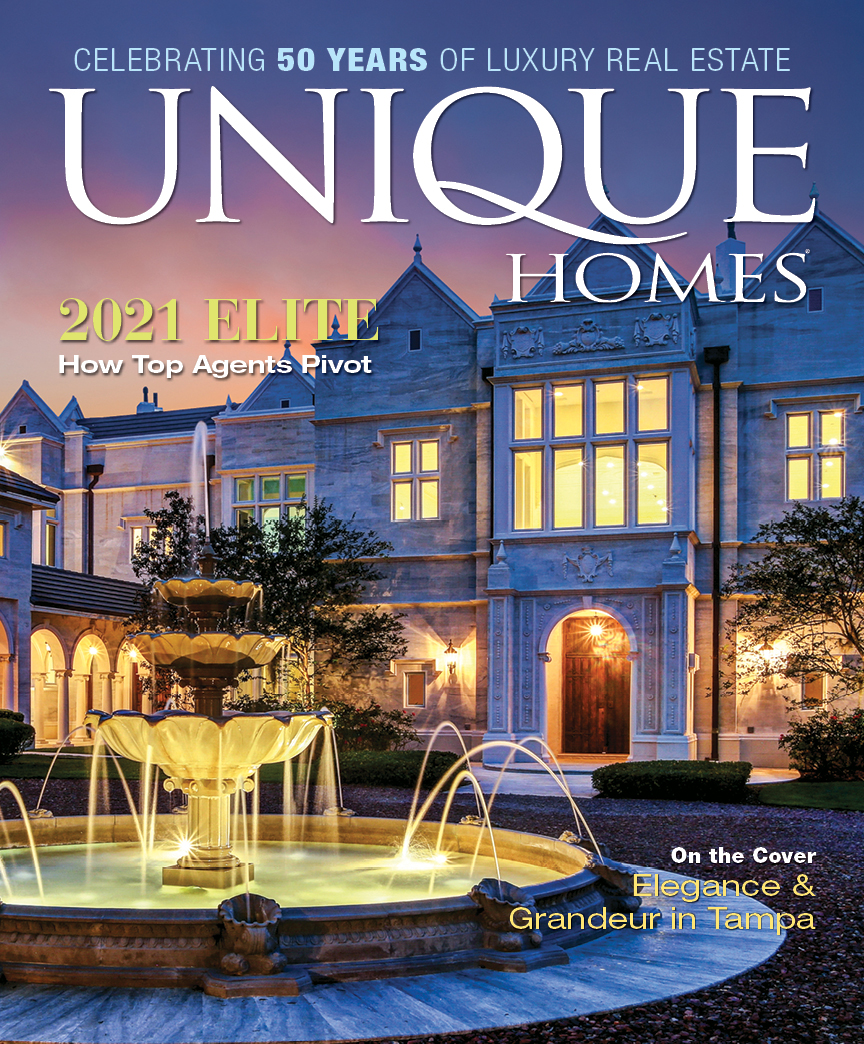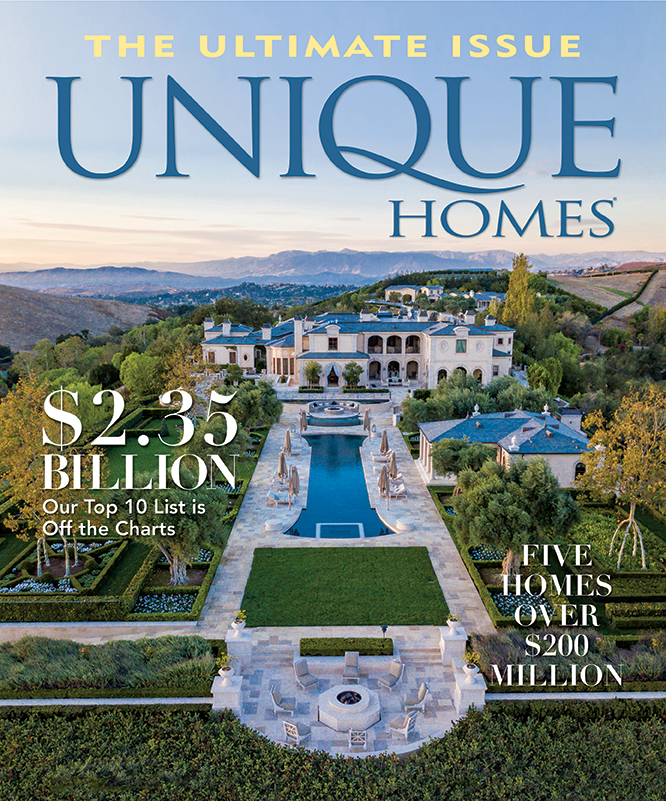

Churchill Properties
123 Brimbal Ave, Beverly, MA | 127 Eastern Ave, Gloucester, MA
49 Union Street, Manchester-by-the-Sea, MA | 169 Bay Road, Hamilton, MA 01982
1.833.MOVING.9 | www.churchillprop.com
Churchill Properties is a full service residential real estate firm offering excellence in brokerage services to Boston’s North Shore communities through our offices located in Manchester-by-the-Sea and Hamilton, Mass. We are members of the elite Leading Real Estate Companies of the World network including 4100 offices and 130,000 agents in 65 countries worldwide. Our unique marketing and sales program utilizes multiple media channels and promotional activities.
Featured Property: Hamilton, MA
489 Bay Road | Abutting Myopia Hunt Club, horse trails and champion golf! This exquisite property, with an impressive tree lined driveway, is set on 5+ acres of beautifully manicured grounds in the epicenter of horse country. Fully renovated in 2005 (to the studs) this spectacular Colonial Farmhouse has had two major additions, seamlessly added using reclaimed beams with the highest quality of craftsmanship. New custom tiled baths, wiring, plumbing, AC, radiant heat and windows are updated. A master bedroom suite was added to the first floor and enjoys walkout access to the bluestone terrace and gardens. The great room is gorgeous, with vaulted ceilings, massive exposed beams, a 2-story stone fireplace hearth, custom built-ins and a wall of glass streaming natural light all day long. There are 2 additional sitting rooms with beamed ceilings and fireplaces. Four spacious bedrooms are on the second level including a second master suite. The carriage house includes a 2-Bedroom apt & 2-car garage. $2,145,000
Churchill Properties originally appeared as an Elite company in Unique Homes Spring ’21: Elite edition. See the ad here.
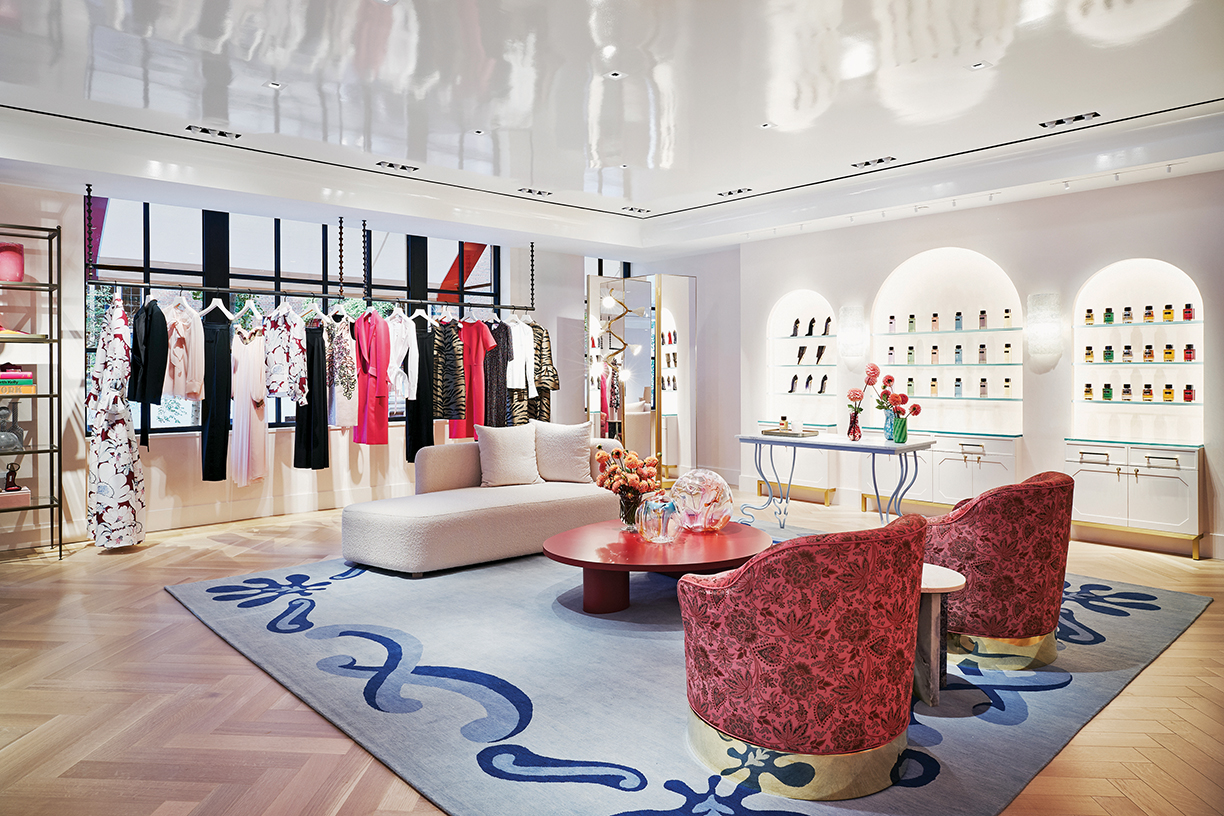
Photos courtesy Katrien Van Der Schueren.
Katrien Van Der Schueren is the founder and creative visionary behind Voila! Creative Studio, a visual laboratory where she envisions, creates and fabricates a full range of bespoke fine art, objects, furnishings, lighting, event and stage sets, and accessories.
In the grand scheme of her career, designer/artist Katrien Van Der Schueren says that her move to America in 2002, specifically Los Angeles, was the first main challenge she met that led her to where she is now. With her experience working in a variety of fields, from the European Commission to marketing, she says that she felt obliged to reinvent herself and that this new world gave her “the opportunity and the audacity to follow a new path.”
Through perseverance, courage and a “huge learning curve,” she remains the leader of Voila!, known as a visual laboratory with endless possibilities. “We are storytellers and translate it into material form. We are creative problem solvers that make the project happen,” says Van Der Schueren.
What about art and design draws you into doing it every day?
It’s an intuitive thing, I think.… I didn’t really think it through. It just felt natural to me and I followed my path of learning and exploring and fine tuning the direction as I went along.
I love working and exploring materials and their possibilities. I love discovering new textures, new techniques, new colors, new color combinations, new designs, new styles … and in my job the learning and discovery is endless. I love the storytelling [aspect] when we work on projects. Imagining the environment pieces will go to, who will use it, look at it and how to tell that story and make that story happen with shapes and form and materials.
What influence, if any, do you get from living in California?
So many things. California is such a melting pot of cultures providing so many creative impulses on a daily basis. There are so many different influences to draw from here that it’s hard not to get inspired every day. I still strongly feel like an immigrant on Discovery Road.
Since we arrived in LA, the city has evolved so much. It breathes artistic energy in so many domains, from food to music to artisanal crafts to high-end design. Nature is another big part of California’s inspiration. The ocean, for example, I mean who can resist its magic? And what about the vastness of land in between places when you drive out of the city and what about the evenness of the light and its brightn
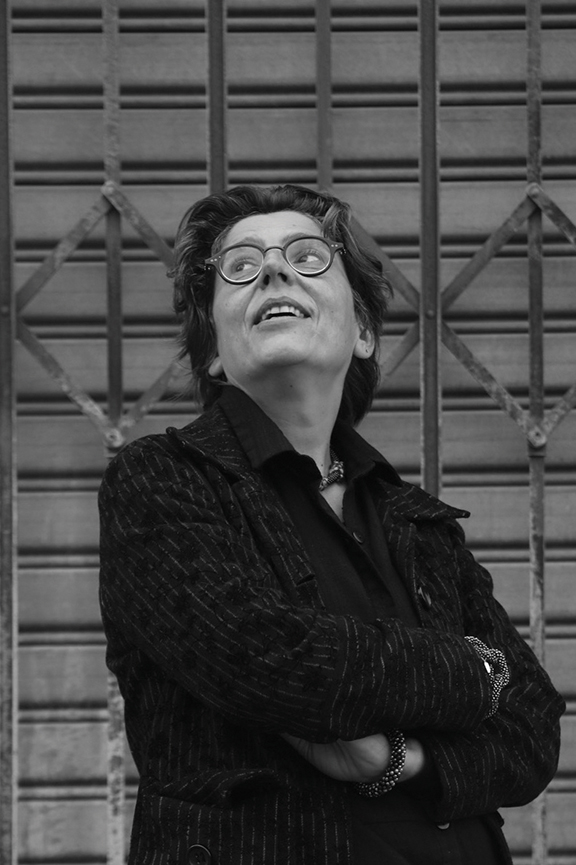
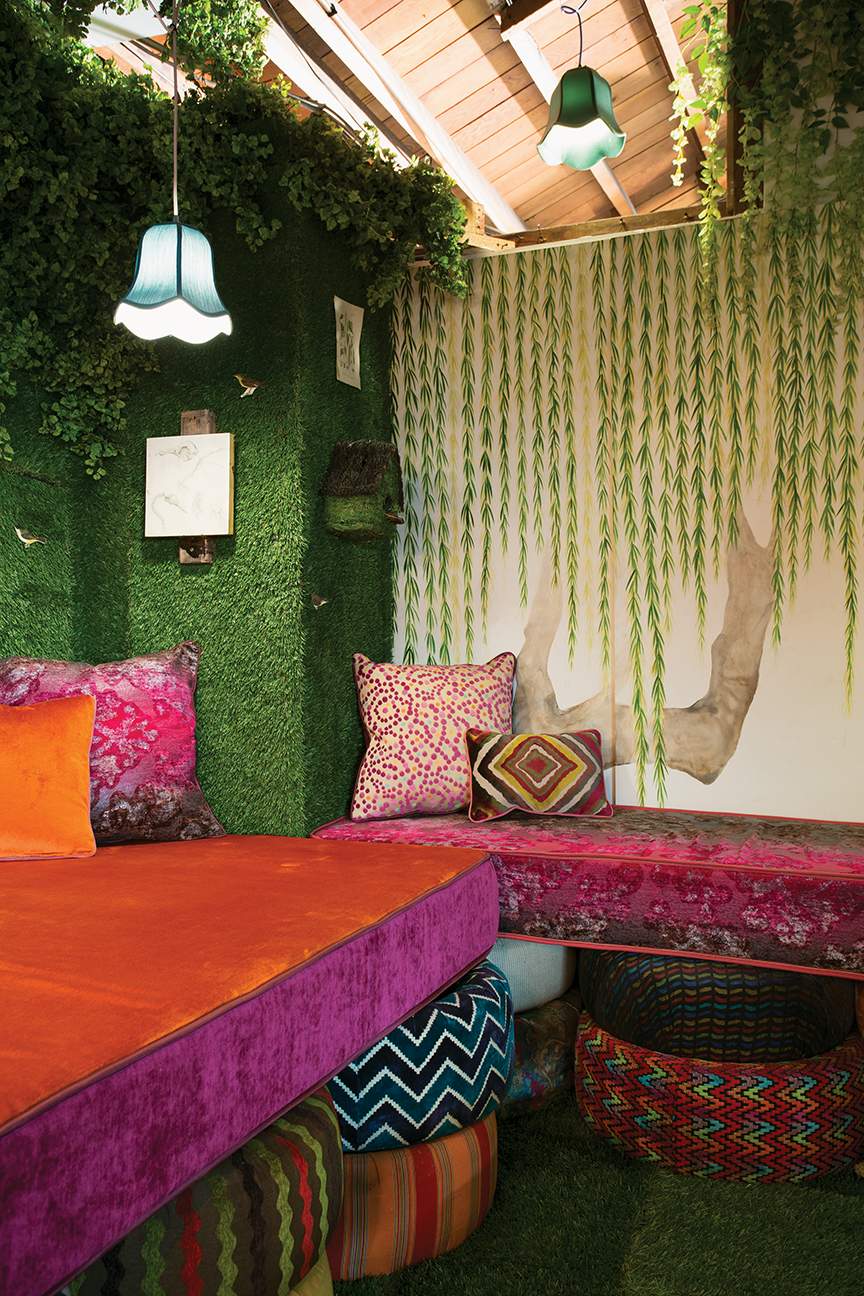
To keep inspiration alive, Van Der Schueren says she needs to connect with the outdoors, whether it’s taking a drive, traveling abroad or spending time with her family outside the studio, “so when I step back in I feel re-energized and spin my wheels on the right things.”
What do you usually draw inspiration from?
Literally everything or anything that kind of stops me in my tracks. That can be the shape of a leaf in the garden, a lyric or beat in a song, a shade of a ceramic cup, my kids’ world, an art installation, a set of a movie I am watching. Anything that stops me and draws my attention.
Tell me about Voila!’s conception and how it operates today. What was the original mission/goal of the studio?
I started as a picker. As that’s where it intuitively felt right for me to start. Learning styles, periods, et cetera. Then my intuition just led me to start making, first by combining finds and turning them into either art or furniture. Basically, I do have a lot of something I found and it inspired me to make something with it. Then I wanted to learn more techniques and what I could do with materials, started hiring people and learning about that process and its ups and downs with growing pains. Clients would ask me to custom make furniture and art for them and I gradually learned what I liked and disliked, and it all evolved like that with some very risky steps in between, just out of some gut feeling that that was the next step to take. A lot of mistakes on the way, of course, getting back up and moving forward towards a clearer direction.
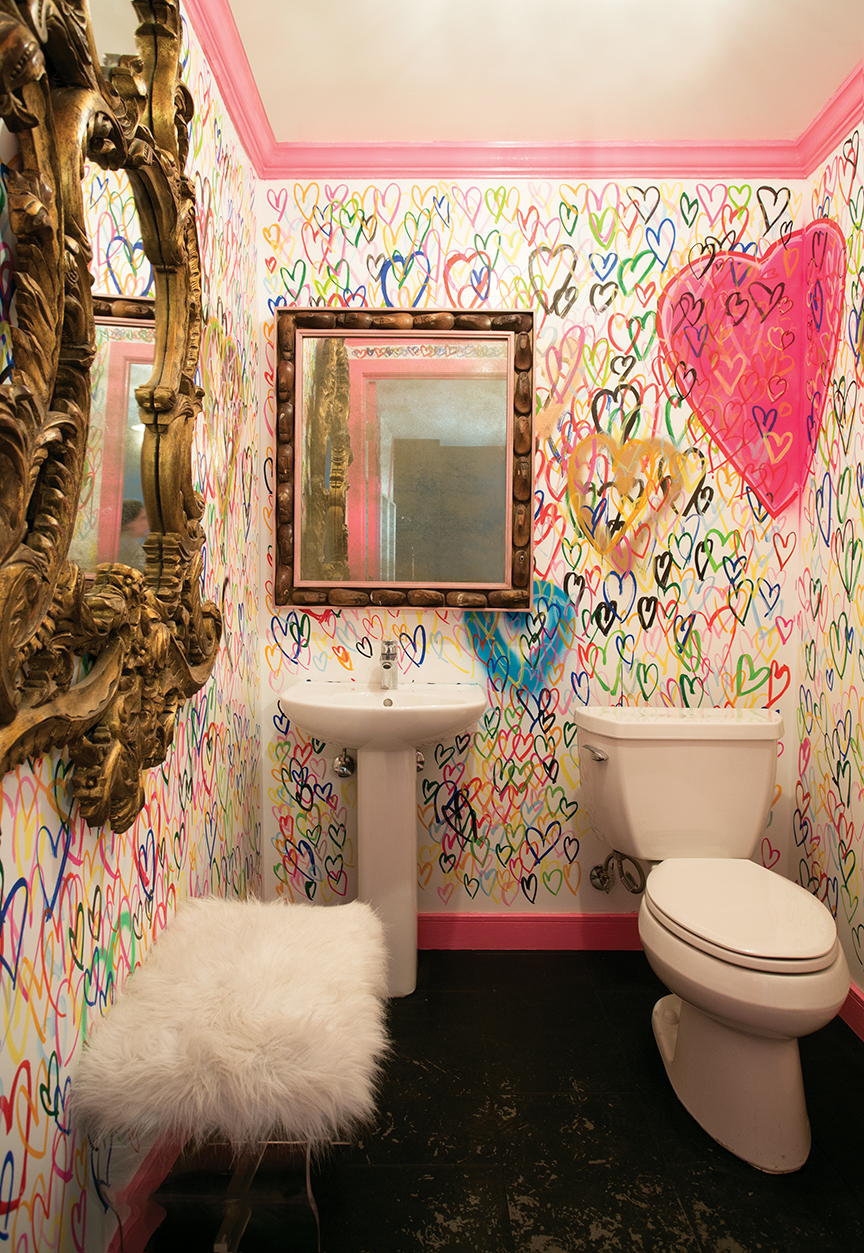
When it comes to designing art for a project, what is the most important element you have to remember? Does this differ depending on the type of space you are working in?
Each project is its own. When we start an art project, I look at the story first. The visual story (the interior design choices and the environment and architecture) as well as the audience it’s for. Those parameters will define the art choices. Of course, the location and the environmental conditions are often key as well when it comes down to choosing the materials to work in, and the type of use will also define possibilities.
Is there a piece of art in your
own home that you would never consider selling?
Almost all of them. The pieces I have at home are part of the fabric of my life. I am emotionally connected to them and they make a lot of sense in my home visually.
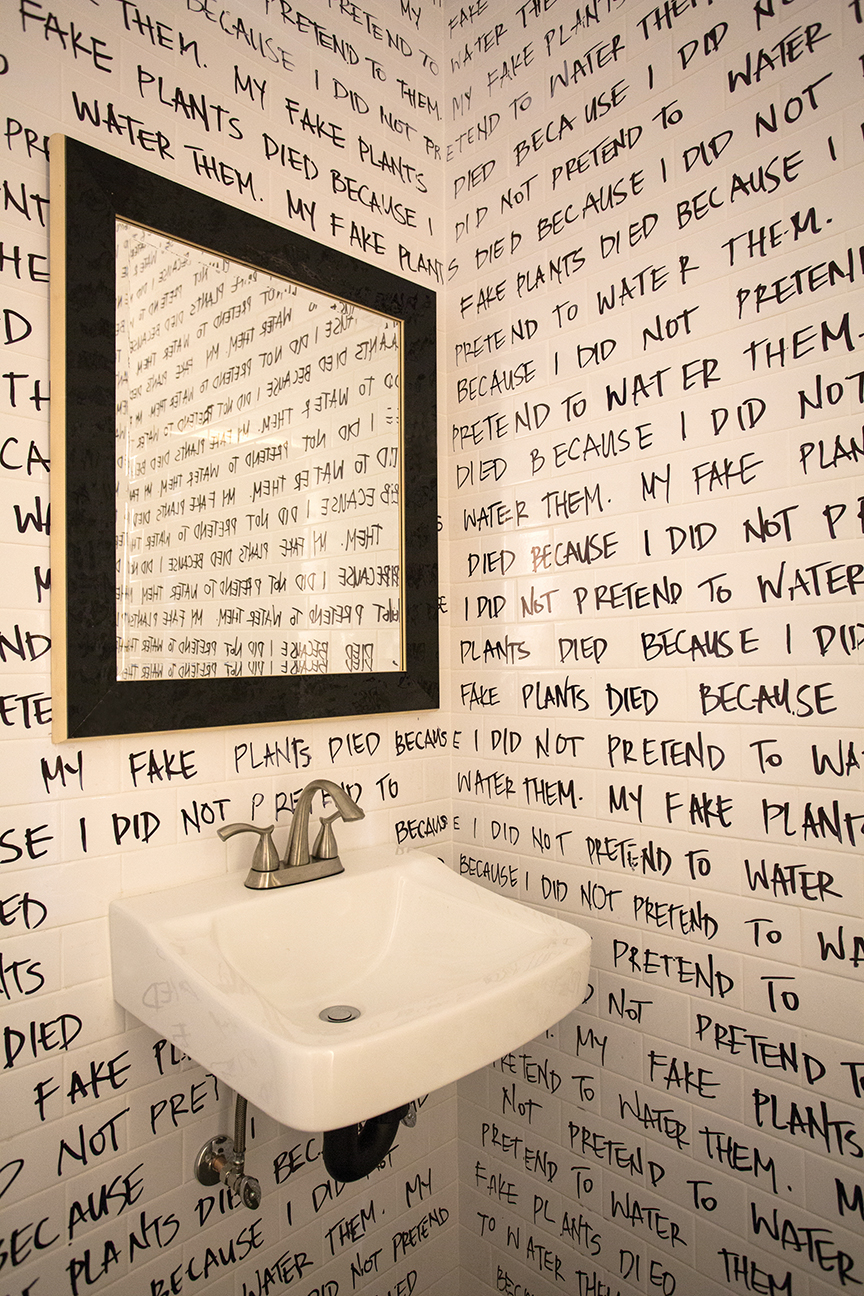
What would be your dream project or a piece you’ve always wanted to start (or finish)?
Oh boy. A dream project would be that I get unconditional creative freedom and unlimited budget to design and fabricate all the art, and custom-make all the furniture for a unique experiential boutique hotel that also has a music venue on the premises as well as some original and unique culinary opportunities (restaurants/bars, et cetera).
What advice would you give to someone pursuing a career in art or design?
Follow your gut feeling. Only by working your way through you can achieve results and fine-tune direction. Be you
While man grapples with the fear of the unknown such as stronger hurricanes and solution to rising seas that they worry will eventually turn inland cities such as Orlando and Philadelphia into beachfront property, a Florida company has found a solution for the very wealthy: the houseboat of the future. Equipped to run on shore power or the sun, Arkup’s “first electrical livable yacht” combines a luxury yacht, waterfront villa and self-sustainability into a glamorous floating-motoring home. Able to run completely off grid via 2,300 square feet of rooftop solar panels, the boat has four spuds that can lift it above the water on its automated hydraulic pilings. It can withstand a Category Four hurricane and provide a grand lifestyle off the grid almost anywhere there is water. With no yard work or property taxes.

Measuring 75 feet in length with a 32-foot beam, the Arkup has 4,350 square feet of indoor and outdoor living space divided between the main and upper decks. It can cruise to new locations, tie up at a dock or hydraulically rise and stand above the water. Cutting-edge contemporary design with open floor plan and floor-to-ceiling glass walls bring in unobstructed ocean, bay, lake or river views and extend out to five terraces with glass railings. The main deck contains the main living area and fully equipped Miele kitchen. There is also a two-berth crew cabin that can be used as an office, a bathroom, laundry room with washer and dryer, trash room with compactor, outdoor kitchen and helm station. The upper deck has four ensuite, king-size bedrooms. The master suite has a walk-in closet, balcony and free-standing Jacuzzi.

Whether one’s intent is to contribute to a light footprint on the planet or to assuage fear of getting their foundation wet from the melting ice cap, Arkup offers several options. Charter before making the decision to buy at $6,000 a night for eight guests or purchase starting at $5.5 million up to $12 million. The existing floating villa on offer is priced at $5.9 million completely furnished and decorated. Arkup is co-brokered by Marius Koller of MK Miami Real Estate and Antonio Maldonado, Advantaged Yacht Charters, both located in Miami.
Source: TopTenRealEstateDeals.com.
Photo courtesy of Craig Denis.

Horizon 2.0 light by Humanscale. Photo courtesy Humanscale.
Design-minded individuals can often be hard to shop for, as style plays a key role in completing the perfect aesthetic. For the design-lover in your life, below are some masterfully crafted pieces that are bound to make the perfect gift this holiday season.
For the Night Owl:
The Table Torch from the award-winning lighting brand Stickbulb makes a great gift for a minimally minded individual in need of a desk or bedside lamp.
Available in 2-foot- and 3-foot-tall options, these sleek, linear LED module lights are elegantly held in place by a simplistic yet high-quality steel base.
The wooden component is offered in sustainably sourced maple or walnut, reclaimed heart pine, ebonized oak, or reclaimed water tower redwood. The metal base is available in powder coated white, slate grey or matte black, hand-blackened steel, polished nickel or brass, or brushed nickel or brass.
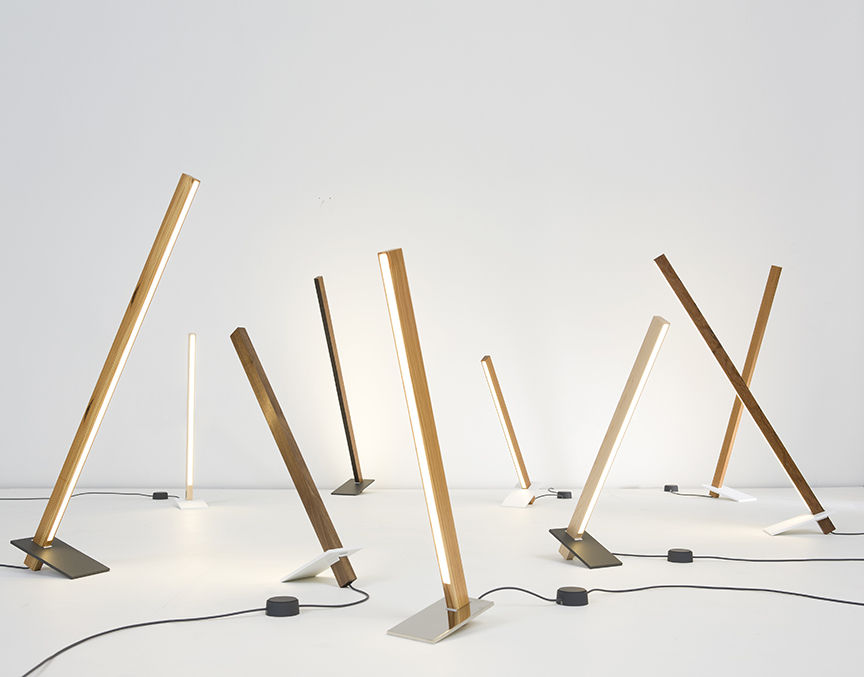
Photo courtesy Stickbulb.
For the Scholar or Entrepreneur:
A champion of well-being in the workplace, Humanscale’s two new task lights, Nova and Horizon 2.0 utilize advanced LED technology for improved comfort, optimal light output and cost-saving energy efficiency. Now ready to order, Nova and Horizon offer a smarter, healthier choice for offices and the environment.
“As the lines between office and home blur, products need to offer functionality paired with simple, clean aesthetics. Nova and Horizon 2.0 are highly versatile LED task lights that combine industry-leading technology with a contemporary yet timeless design,” says Mesve Vardar, director of industrial design at Humanscale.
Perfect for anyone looking to dress up their desk and enhance their wellbeing at work, the Nova task light offers adaptability and comfort in a striking, sculptural form.
Energy Star 2.0 certified, the inventive, ergonomic design protects the eyes against strain, faithfully renders colors and produces a single shadow on a work surface, so the hard worker in your life need no longer complain about a headache after a long day at work.
Humanscale’s new Horizon 2.0 also checks all the boxes for the eco-conscious individual who loves iconic design and technology. Improving upon the prestigious Red-Dot award-winning Horizon task light from Michael McCoy and Peter Stasis (featured in the MoMA permanent collection), Horizon 2.0 implements the latest LED technology to produce its signature, ultra-thin plane of light with greater efficiency.
Energy Star 2.0 certified, Horizon 2.0 uses only healthy, sustainable materials and is available in five vibrant colors: Bronze Gold, Silver, Jet Black, Arctic White, Twilight Blue and Morning Pink.
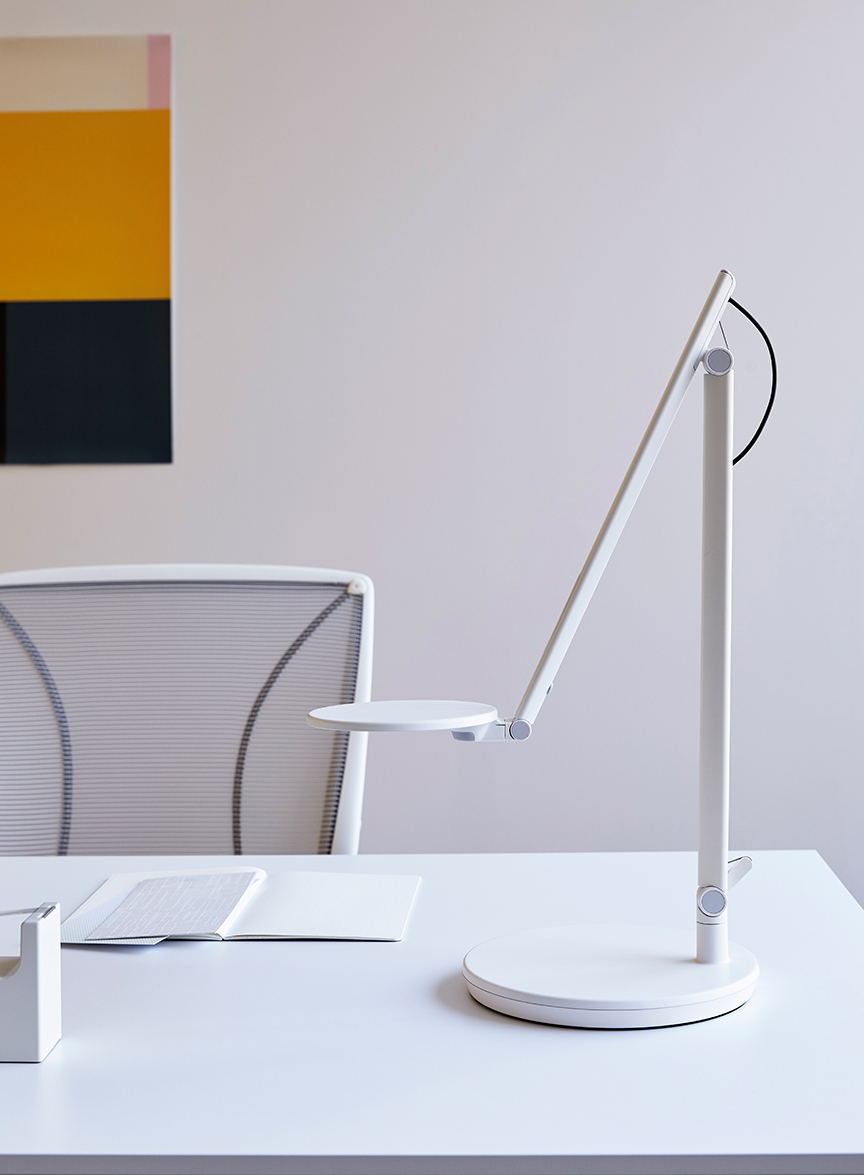
Photo courtesy Humanscale.
For the Drink Enthusiast:
True’s Undercounter Beverage Dispenser is ideal for person who appreciates a perfect beer pour. Handcrafted to specifically dispense the perfect draft pour, the company’s advanced airflow technology ensures a consistently frosty, and refreshing flow. The unobtrusive 15-inch stainless-steel dispenser comes with either a single or dual tap and for indoors or out — a true gift that won’t go out of favor or flavor! Also, because of the brand’s TrueFlex® shelving system, the versatile cooler is completely convertible into a wine cabinet.
For the budding sommelier, while a wine cellar might be ideal, True’s Dual Zone Wine Cabinet and storage system is pretty fantastic for wine enthusiasts. Designed to preserve your bottles, independent climate zones allow for separate temperature ranges (from 40°F to 65°F), while glide-out, vibration-dampening racks hold up to 45 bottles and protect that special vintage. TruLumina LED lighting — with 14 different color options — allows for the ambiance to fit your mood.

Left & Bottom Right: True Residential’s Undercounter Beverage Dispenser. Top Right: True’s Dual Zone Wine Cabinet. Photos courtesy True Residential.
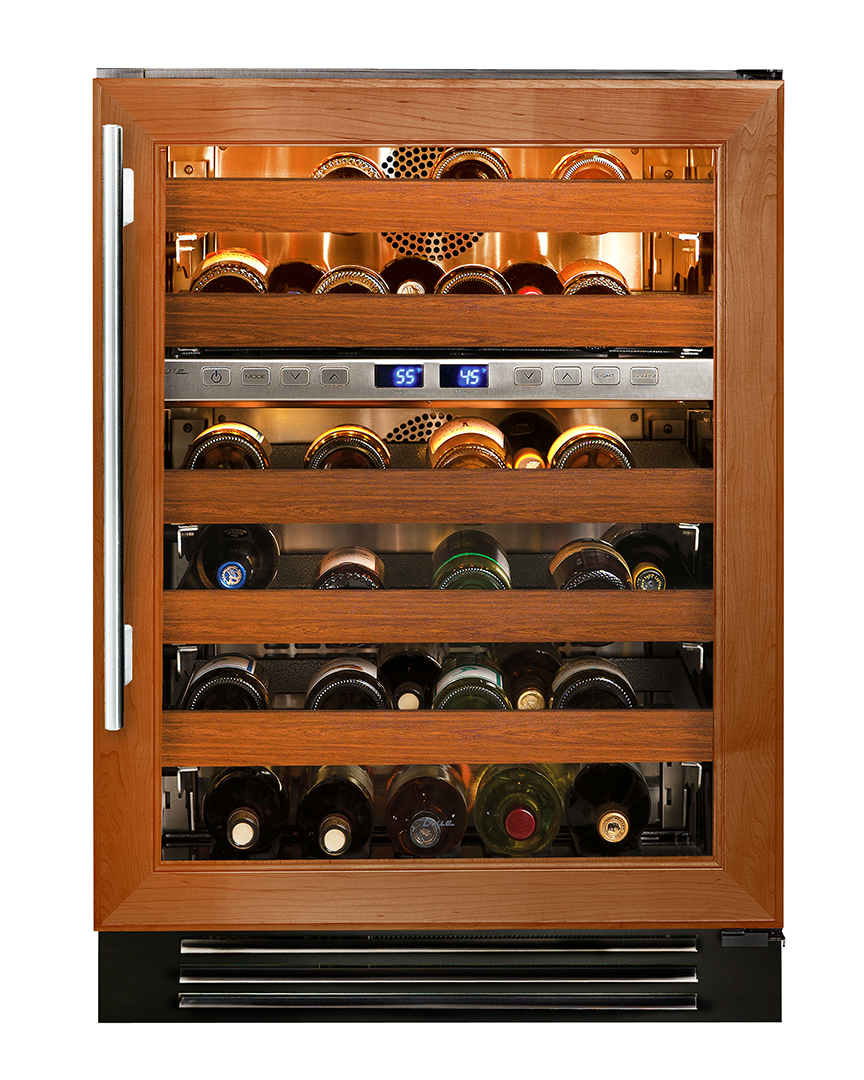
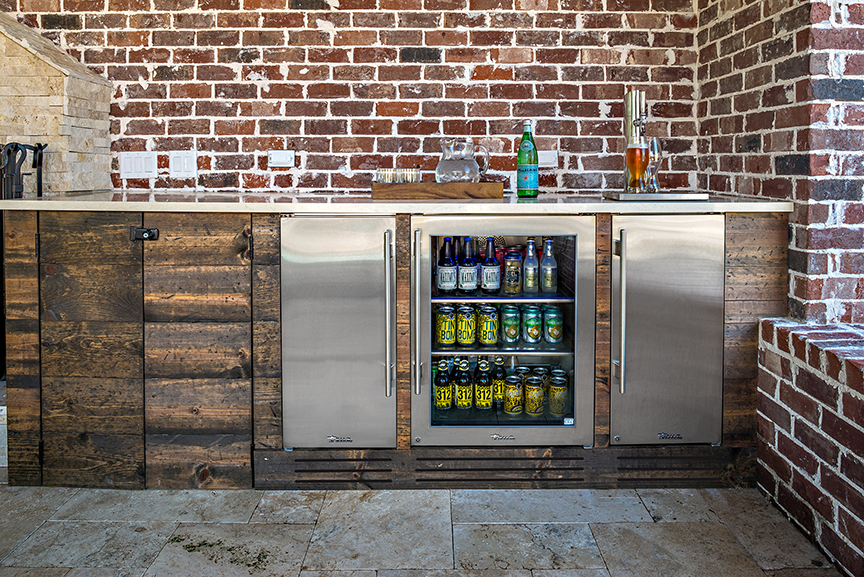
For the Wellness Guru:
A stocking stuffer that actually enhances wellness, Hansgrohe‘s newest design, aptly called PowderRain, recently hit the market as the perfect tool to enhance the shower experience while also fitting into any style. Characterized by a “powder-like” micro-fine mist, the eco-efficient spray is designed to completely envelop the body, with thousands of microscopic water droplets cloaking you in a protective oasis of relaxation.
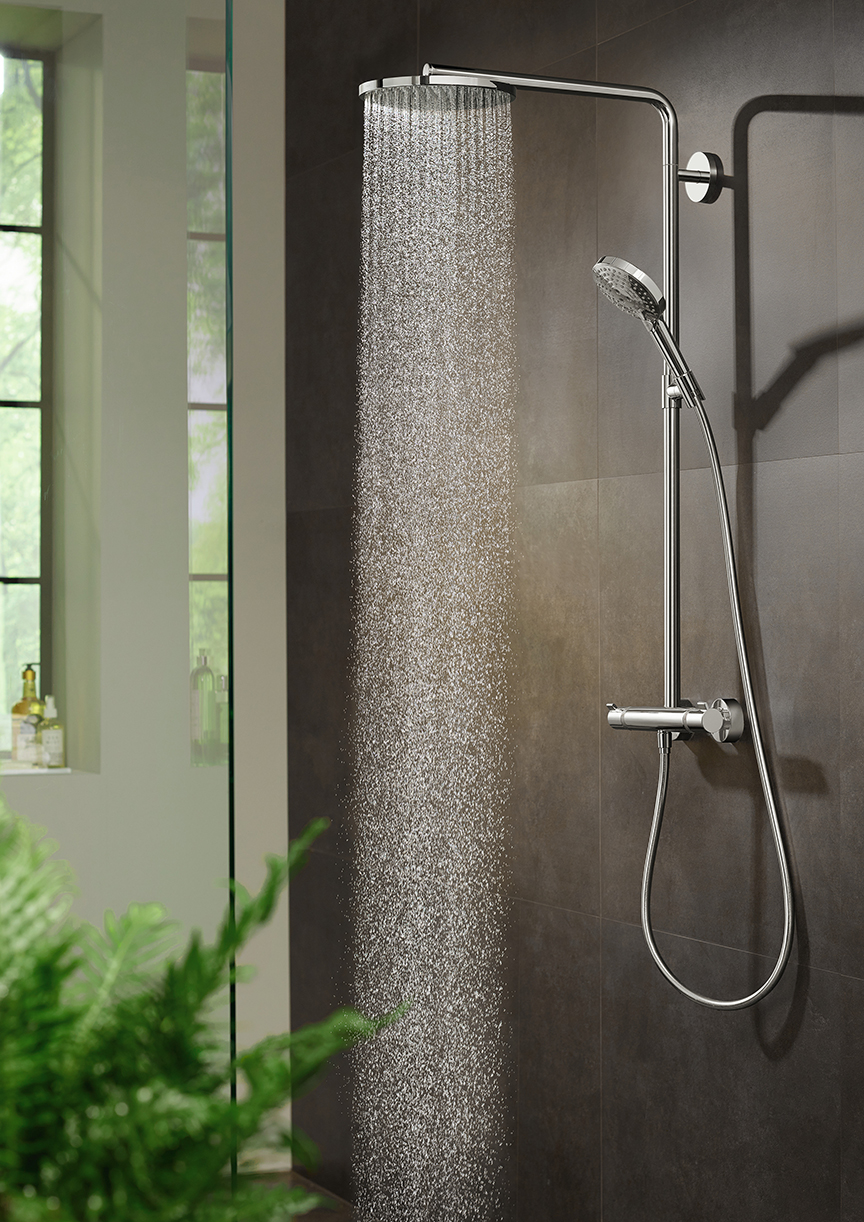
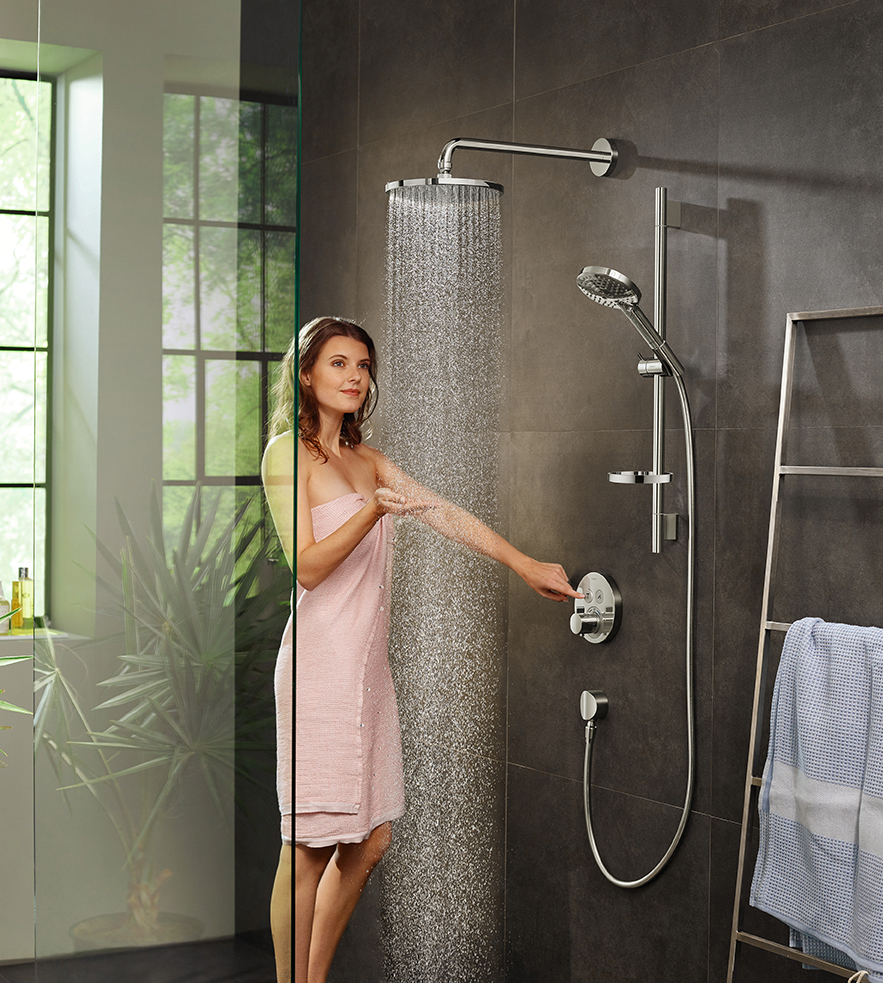
Photos courtesy Hansgrohe.
For the Design Afficionado:
For the most discriminating buyer, Salone del Mobile.Milano is ready for the holidays with the launch of their 6th partnership between SaloneSatellite and the Rinascente Department Store. For 2018, 12 select products, created by 9 international designers, will be on sale through the holiday season at the famed department store.
The selected products place huge importance on the quest for new solutions, both tangible and intangible, always intelligent and sometimes poetic, inspired by traditional craftsmanship and ancient materials that can inform a better future. A plethora of chairs, tables, lamps, trays and vases, fitness equipment and everyday and decorative objects will be on display, all deriving from simple intuition and actions and marrying technology, craftsmanship and emotion.
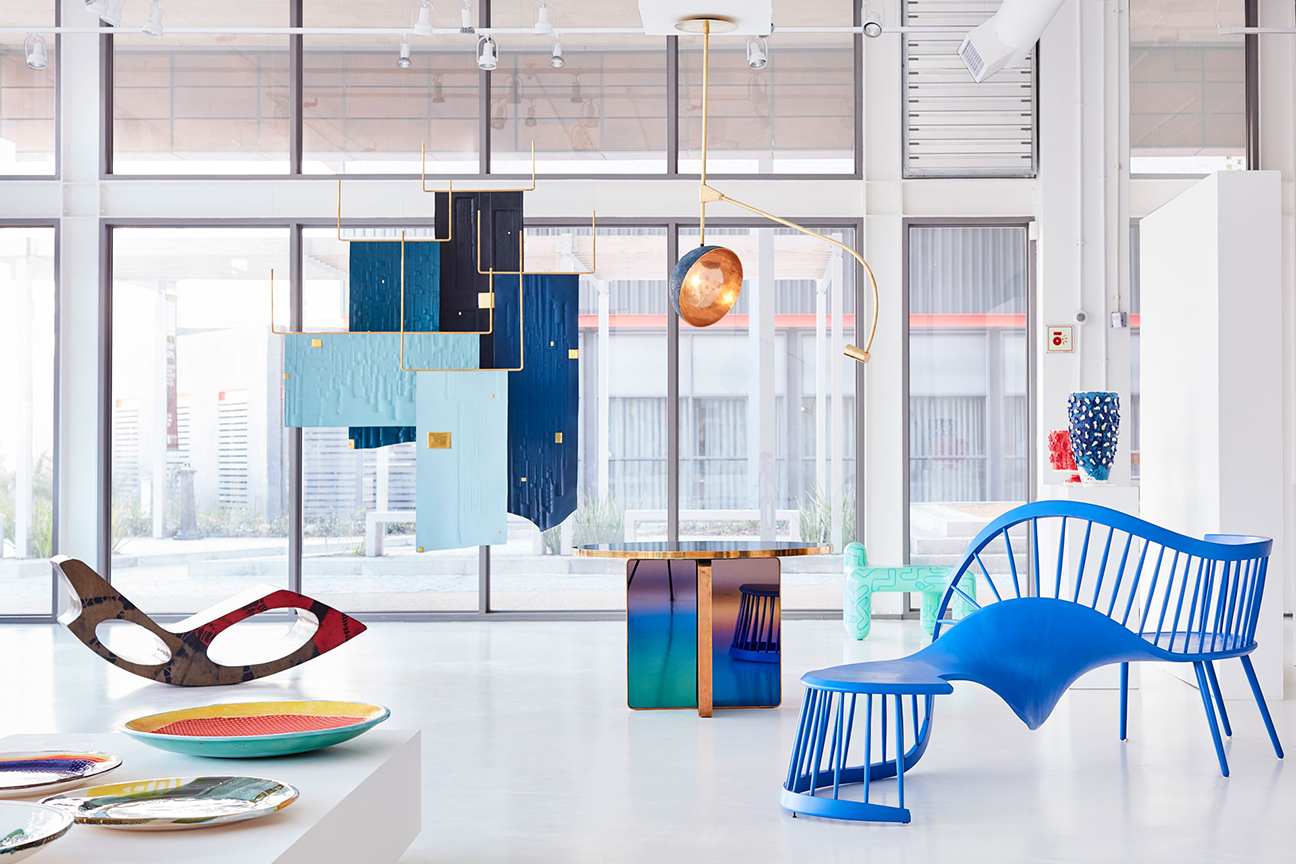
With an upbringing immersed in creativity, designer, maker, crafter and artist Jesse Ede has been surrounded by design and art for as long as he can remember.
Drawn to more natural materials, Ede focuses on being completely unique and not fit into any particular aesthetic. This sense of originality is prevalent in his numerous collections of lunar-themed art and fixtures, particularly the “Orbit” collection.
An evolution from his first light piece called “Eclipse,” “Orbit” is inspired by the “beautiful movement of the galaxy’s moons around their planets,” according to Ede. The piece features elegant metals like bronze and brass that add a dimension of color and texture to the moon-like piece.
Ede prefers to “capture the rough nature of organic surfaces,” he says. He does this by manipulating them to expose the contrast between the material itself and the man-made processes that form them into sculptures. Ultimately, he looks to celebrate the rawness of uncontrollable outcomes, from processes that are uncommonly used.
Much of his life has been spent in workshops and studios, allowing him to naturally acquire a vast range of skills. “My father was an artist and carpenter, so I grew up in and around his studio from a very young age,” says Ede. “I often feel as though I was born to do this, as though it was entirely predetermined for me.”
Though he spent eight years traveling and working, even working as a carpenter for an Antiguan boat-building, much of Ede’s main inspiration comes from space and the universe, as well as looking to nature itself.
“It’s so tempting to draw your inspiration from other artists’ work, but I discovered at a young age, the natural world itself provides all the inspiration you could ever need, and you never run the risk of looking like one-of-many,” he says.
With an assortment of other moon-themed pieces, including a new cantilevered bronze and stone coffee table entitled “Venus,” Ede continues to work and display his strength in creativity.
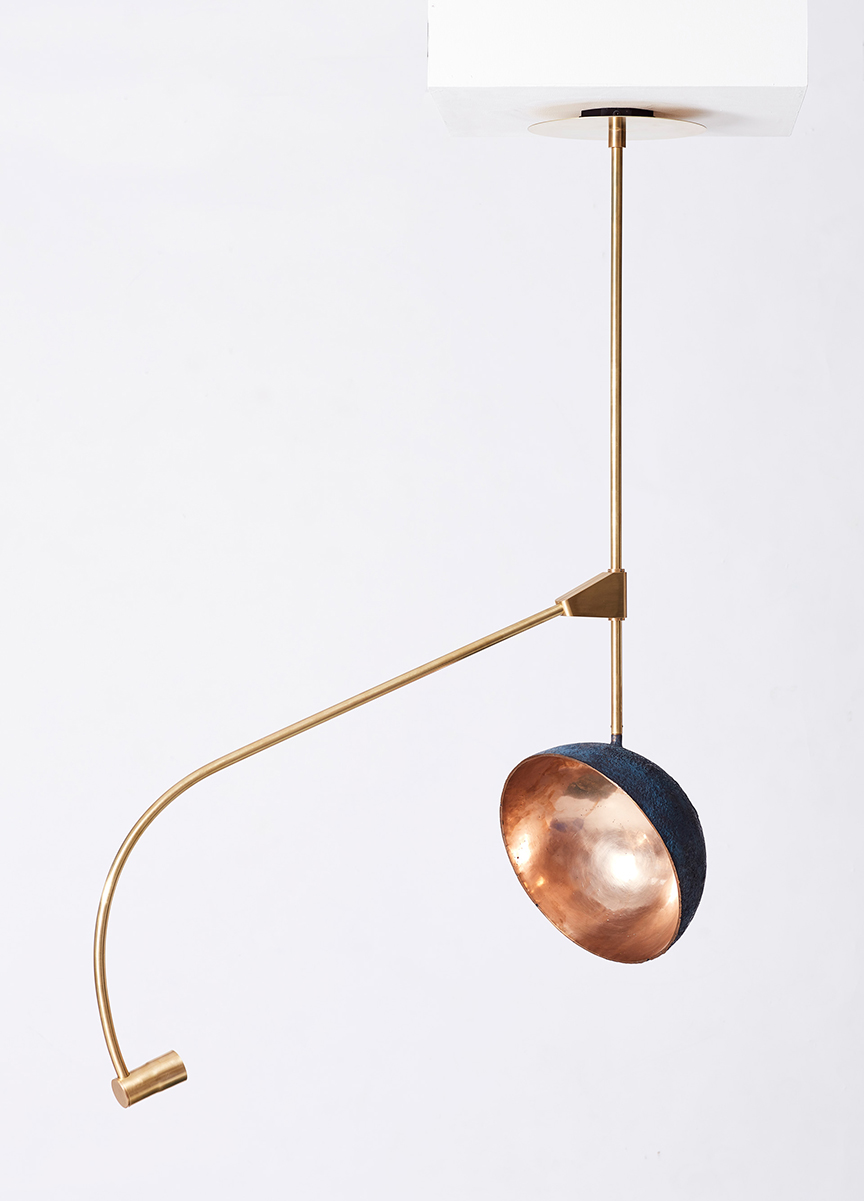
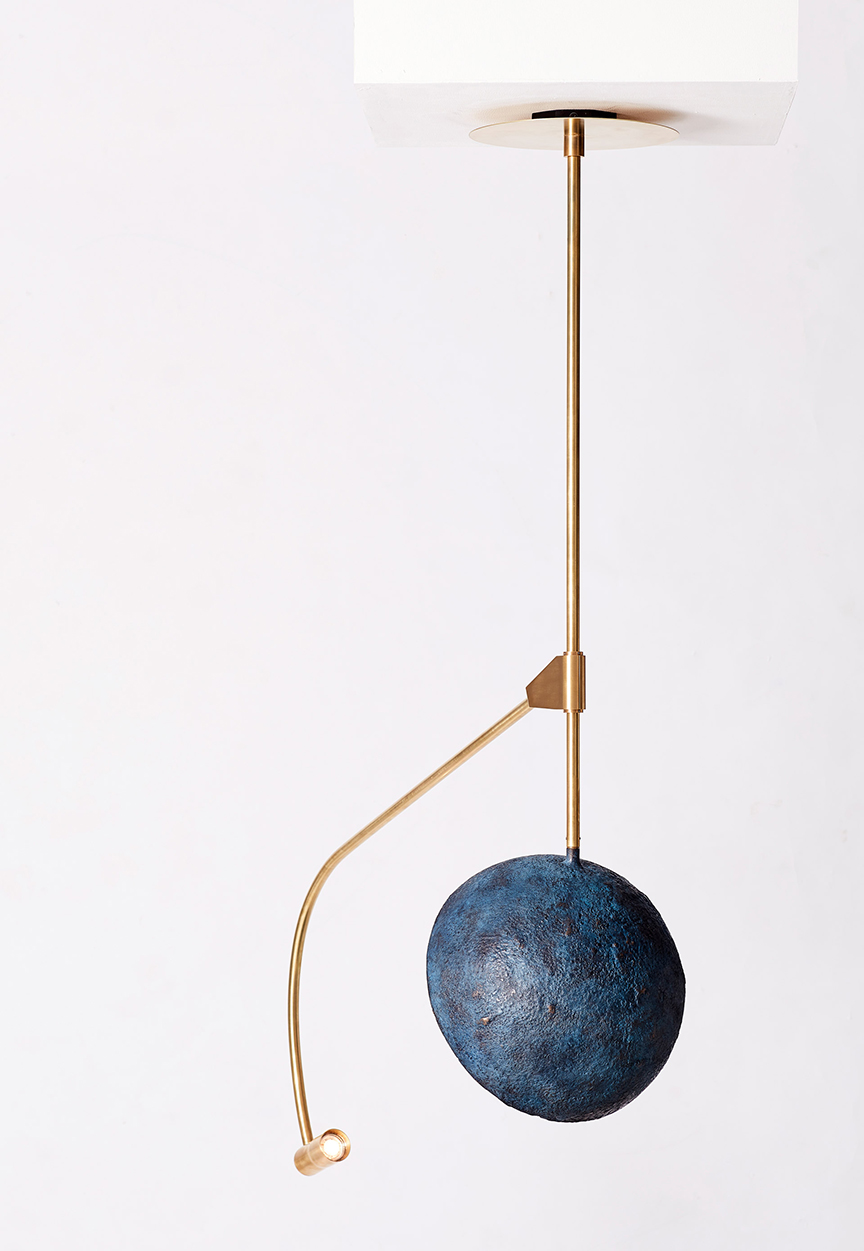
All photos courtesy Jesse Ede.
These extraordinary women found a way to make their mark in the design world, though once considered something of a boy’s club. Here are highlights of the acclaimed designs by the industry’s leading ladies, talents who are innovating beautifully.
Liquefy Table
Patricia Urquiola, 2017
Patricia Urquiola continues to produce timeless, contemporary designs. Each are defined by a stunning sense of color, texture and material that creates beautiful and functional works of art. Her latest collaboration with Glas Italia comes in the form of the Liquefy Table, an elegant set of tables that evokes a feeling of fluidity. Available as a high or low table and in two different colors, Liquefy is a dynamic design and an instant statement piece.
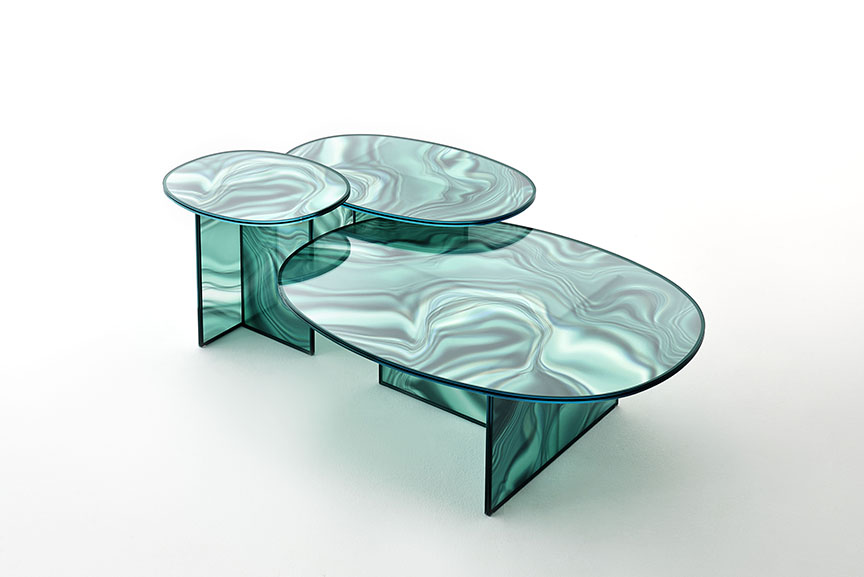
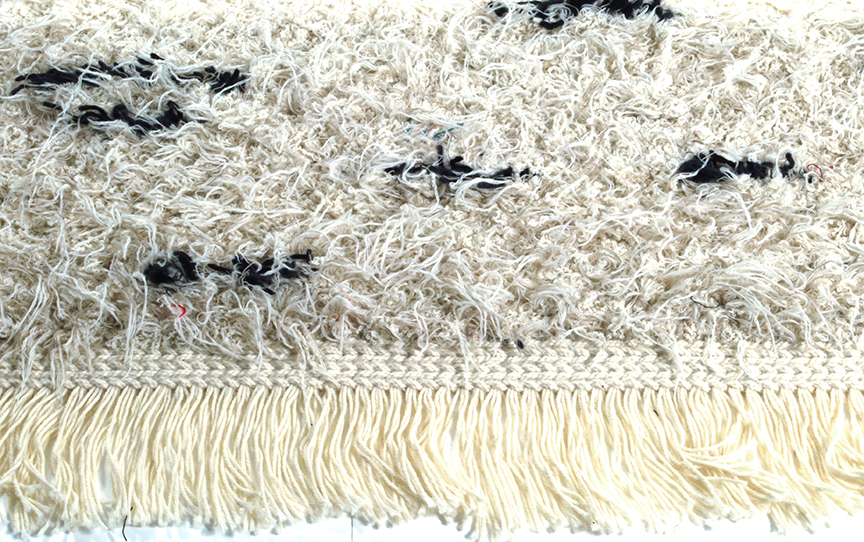
SVS Rugs
Salem Van der Swaagh
Salem Van Der Swaagh is a textile designer, committed to creating products that have both environmental and social impact. All rugs are designed and hand woven in Berlin, using 100 percent salvaged material from industrial weaving, then repurposed into highly textured, luxurious wool products.
Model 71
Bodil Kjær, 1959
Bodil Kjaer’s iconic upholstered series produced a variety of career-defining designs, including a sofa, lounge chair, bench and low table designed for use in public spaces of contemporary architecture. The Model 71 lounge chair exudes a classic, Mid-Century elegance through impeccably tailored loose cushions and a unique polished metal vaulted leg adding additional comfort and stability while creating a floating effect, a common thread throughout Bodil Kjær’s work.
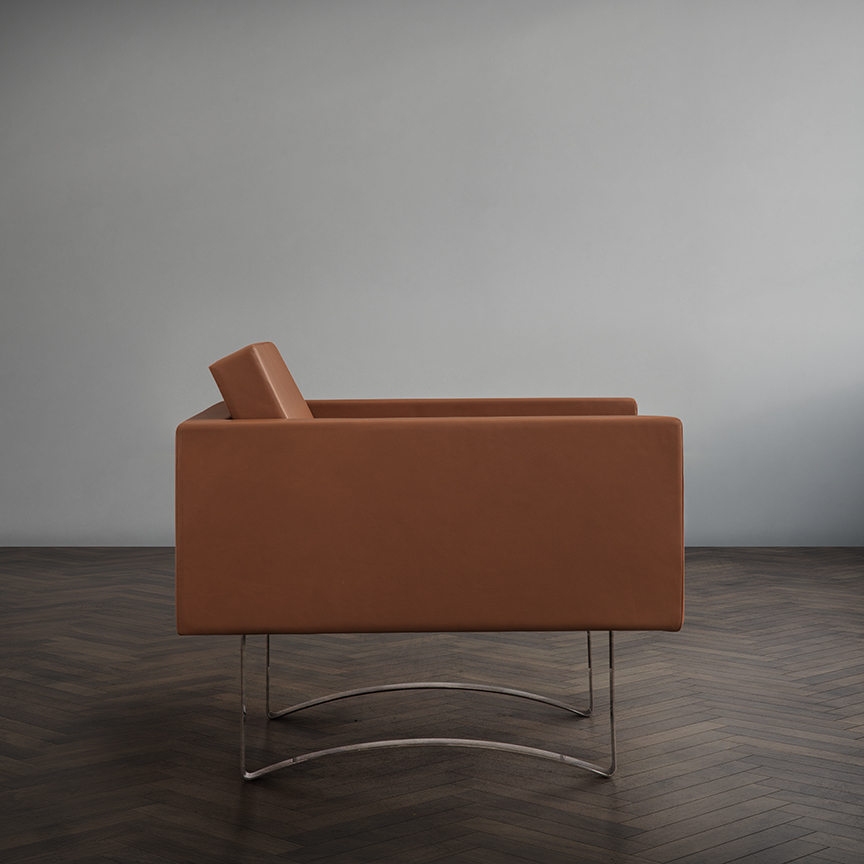
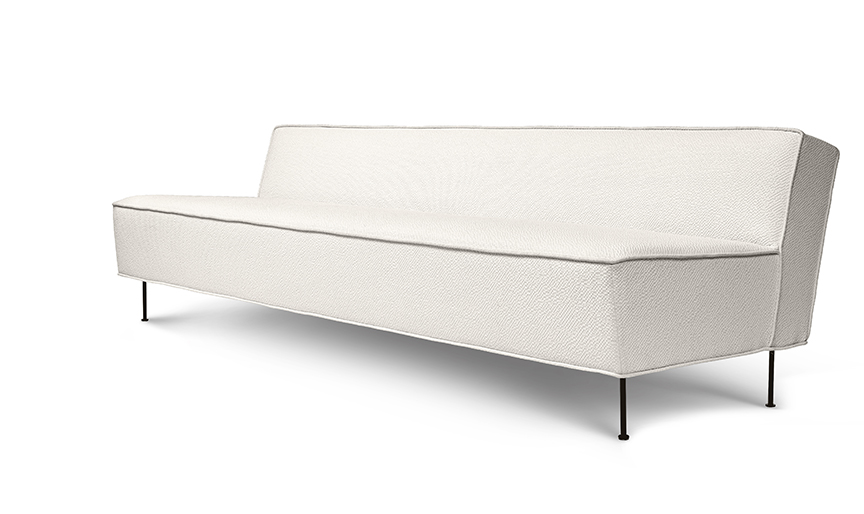
Modern Line Sofa
Greta Grossman, 1949 | 2015
Modern Line was one of Greta Grossman’s most elegant and minimalistic designs, praised in particular for being representative of her background in Scandinavian design. Her timeless sofa collection has a sleek, feminine and light expression that is supported with elegant slender legs. In her words, the sofa was “developed out of our own preferences for living in a modern way.”
Miira Suspension
Sofie Refer
Miira is a series of lamps in a simple and timeless design, embracing Nordic design’s commitment to both elegance and function. The neatly mouth-blown glass and processed metal give the design balance and depth, while soft light shines from the glass globes creating a warm and unique atmosphere within a room. Shapely and subtle, Miira is brought to life by its fine curves and thin neck, adding to its graceful appearance. Available in a variety of configurations.
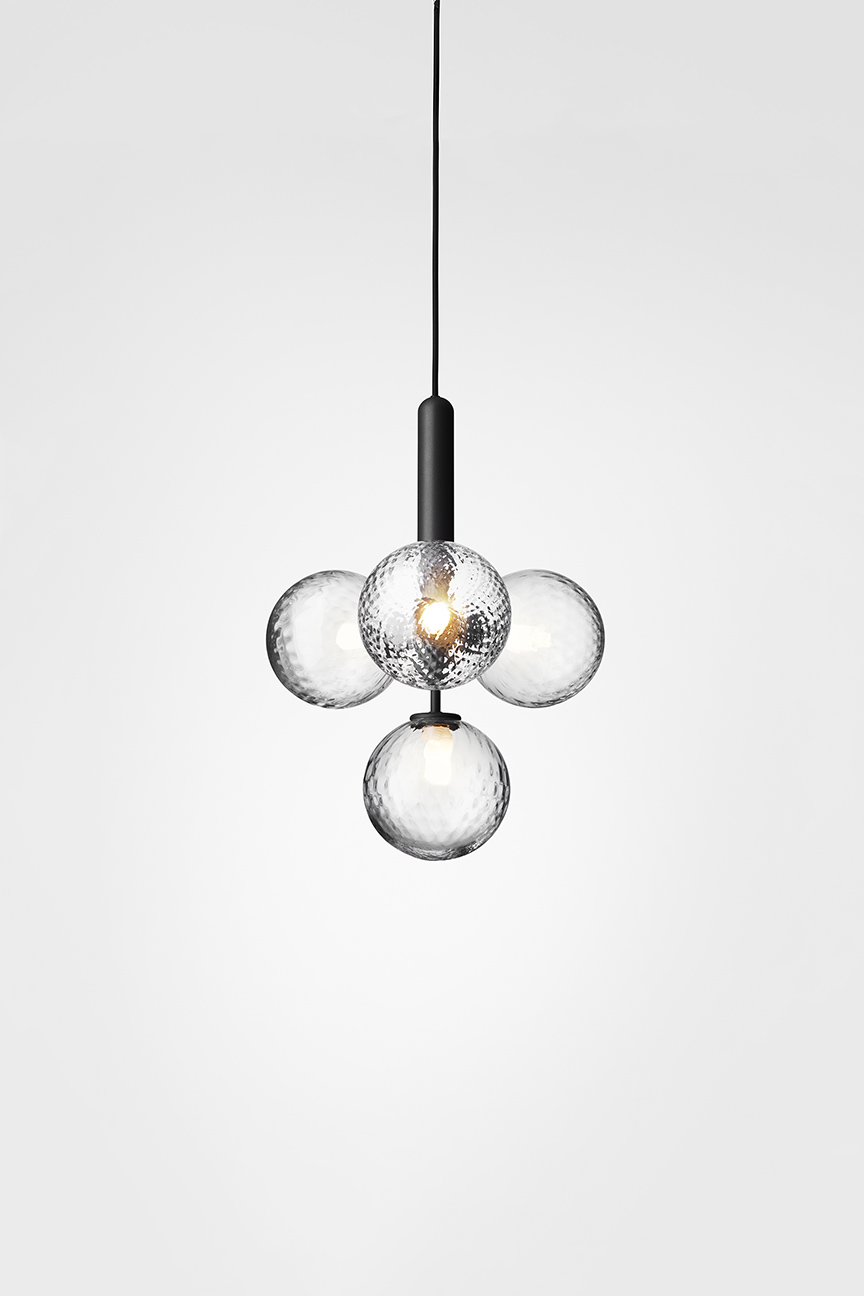
Photos courtesy of Suite NY
There is growing interest in “green” or sustainable design, a concept derived from “biophilia” which is Greek for “the love of living things.” This idea and its application in architecture provides many questions: what exactly is biophilic design? What are the benefits? Perhaps most importantly, are there practical steps a designer can take to apply the principles of biophilic design in actual projects?
Forward thinking leaders at SageGlass, makers of the world’s most intelligent, reliable electrochromic glass, offer their thoughts on this design concept and possible roots designers and architects can take to implement more sustainable measures.
Eloïse Sok, Concept Creator in the SageGlass Europe & Middle-East Team, says the concept of biophilia was first written in 1984 by biologist Edward O. Wilson, in which he described the concept as to how humans have an innate connection with nature and with other living systems. This connection continues to thrive in assorted cultures, including Japanese culture where people have been been aware of the restorative effects of nature on health for a long time. An example of this takes the form of the Shinrin-Yoku, which translates to “forest bathing” and means a walk in the woods, Sok explains. This type of “bath” has been explored in several scientific studies that show how this practice can improve mood and sleep, reduce stress, decrease heart rate and blood pressure, boost the immune system and accelerate recovery from certain illnesses.
Sok explains that though this term has been known for many years, it has recently resurfaced with a revival of interest in prioritizing health and overall comfort in buildings, particularly in the architectural field. In order to bridge a better connection to nature from the indoors, the idea of biophilic design has further developed, “integrating elements into buildings that can directly or indirectly reconnect us with nature.”
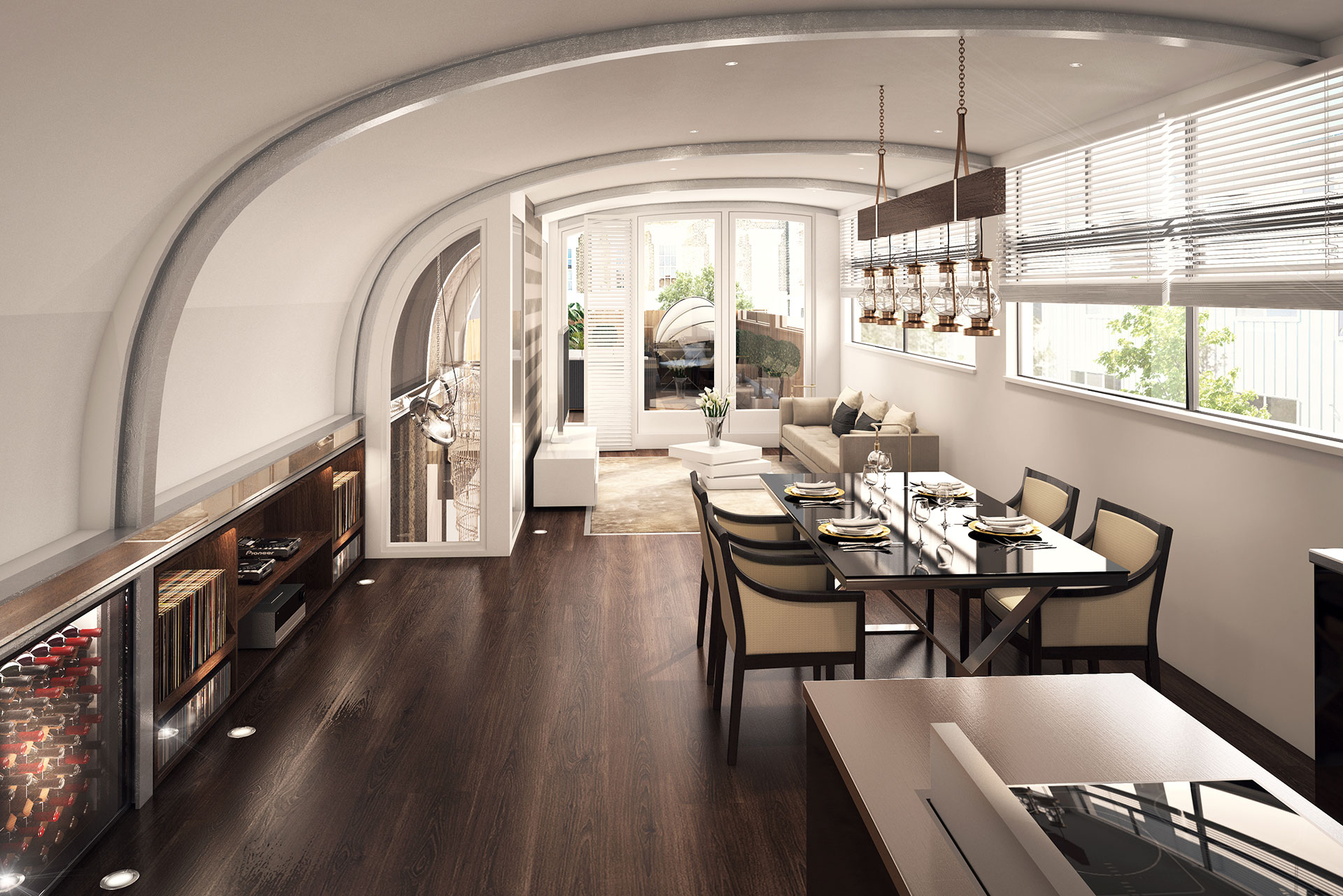
Above Photo and Featured Image by Michael Christo.

Photo by Marianne Cousineau.
Though there are several principles central to biophilic design, a key part to keep in mind is the supply of natural light in buildings.
“[Light’s] dynamic nature through the day and during the year induces variability in terms of intensity, contrast, distribution and colors in a given space, which stimulates and enhances the wellbeing of the building’s occupants,” Sok explains. With this in mind, it’s important to control direct light penetration, which can interfere with certain activities, as well as temperature variations that affect comfort.
Another priority is to give access to outdoor views through windows, which allows for a visual connection with nature, which Sok notes is vital to an office environment in order to “relax the eye muscles and limit visual and cognitive fatigue.”
For more explanations of biophilic designs and how we can best prioritize through architecture and design, visit SageGlass’ full report here.
Making an iconic design statement in a minimal aesthetic, the Dawn to Dusk lighting fixture is the newest product released by the award-winning London-based design studio haberdashery that invites you to experience the magic of sunrises and sunsets from right inside your home.
The intricate design was inspired by the “the memory of the sun” and creating a strong connection with this memory, according to Ben Rigby, creative director and co-founder of haberdashery.
“We want to reach beyond the industry’s current expectations for a lighting product and push for a more ambitious blend of quality, creativity and narrative-driven design all wrapped up in an iconic, useful and aesthetically beautiful design statement,” says Rigby.
To do this, Rigby and other designers chose to work with an uncomplicated design to demonstrate the clarity of a rising sun, as well as identified the perfect color range that would create a strong, emotional resonance.
Available as a table and floor-standing lamp, the diffused circular light source explores a palette of warm colour hues during its transit of the vertical stand, delivering these as direct light, or as a flood of light on a wall.
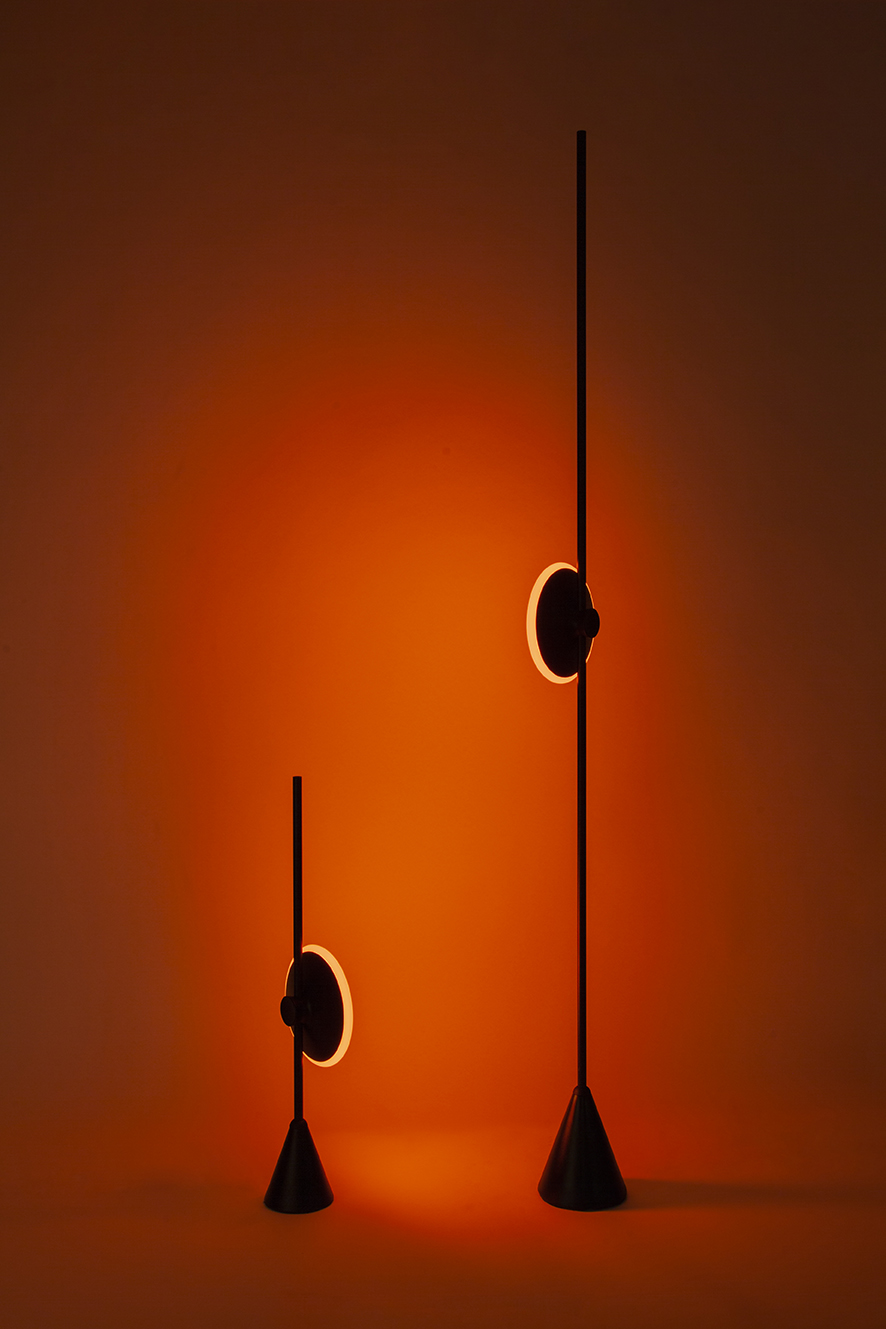
When at the base the sliding light head sits in an off position, and then as it is moved upwards it activates a low intensity red hue, which transitions into orange, then 2700k white light as slid upwards. This custom LED light array, developed by Rigby and his team, replicates the transition of light from the deep, rich red of the late evening to the white light of midday. The light is also capable of rotating 360 degrees around, providing a range of uses from outward facing task light through to a backward-facing ambient light, creating a subtle wash.
Dawn to Dusk is meant to not only showcase a naturally beautiful occurrence but to also utilize this power to support our natural rhythm throughout the day. The high-quality white light helps users to wake up more naturally, while the richer, relaxing red colors help regulate the circadian cycle and prepare for sleep.
“haberdashery believes light is a transformative power in the world; we challenge what is possible with light, and through our products are defining a new category of contemporary lighting,” says Rigby.
All photos & video courtesy haberdashery.

Motu Tane, a 9.6-acre private island located in the lagoon of Bora Bora, is dotted with 1,500 coconut palms and native flora, and 22 separate structures to create a remote, garden-like retreat.
Owned by cosmetics mogul François Nars, Motu Tane features two luxurious 2,500-square-foot suites, each with a sunken lava bathtub, shower and dressing area, as well as panoramic views to the garden, the beach and the main island.
“The island is a uniquely realized meld of striking natural beauty, world-class beaches and dream-like views, complemented and enhanced by the visions of François Nars, Parisian landscaper Pascal Cribler and interior designer Christian Liaigre, who together created the ultimate luxury retreat,” says listing agent Bob Hurwitz of Hurwitz James Company.
Throughout the island are nine beach bungalows to accommodate up to 20 guests, a library with Polynesian art and artifacts, a photography studio, a chef’s kitchen featuring commercial-quality equipment and two staff quarters. The great room, perfect for small gatherings or formal entertaining, and the adjacent dining area featuring extra-large, custom-made tables, are surrounded by the garden. Custom-crafted furniture made from rare tropical wood and natural fabrics can be found in rooms throughout the island, listed at $42 million.
“Traveling is my longtime passion and I have both marketed and vacationed on some of the most beautiful and pristine properties on earth,” says Hurwitz. “This includes a large number of jaw-droppingly beautiful islands. Among the many privately owned islands I have visited, Motu Tane stands alone at the top of the list.”
“For the rare individual who has the money to buy whatever he or she wants and has already done so, there still remains Motu Tane. Anyone who can afford it and visits it will buy it,” says Hurwitz. — Kelly Potts
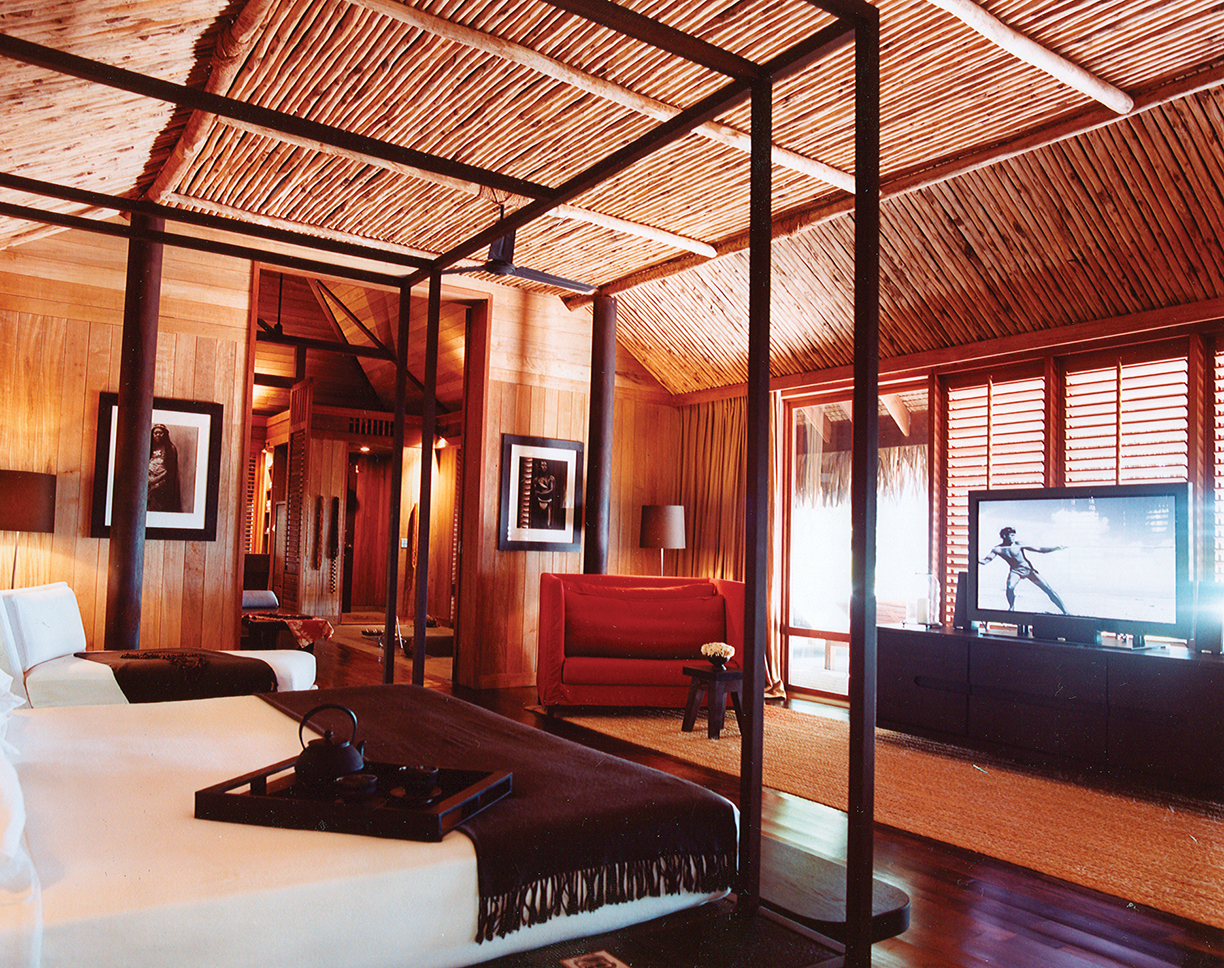
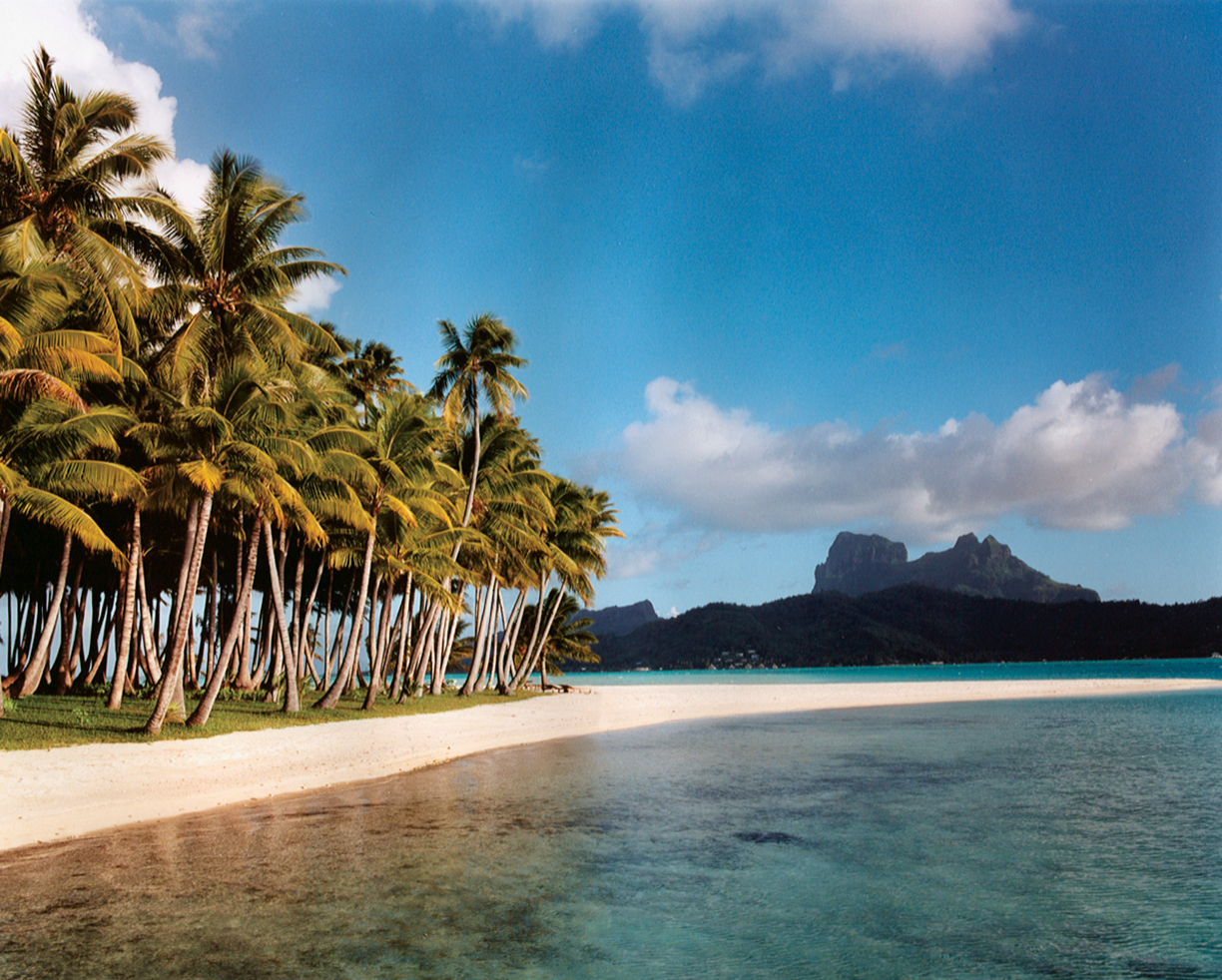
Photos courtesy of Hurwitz James Company
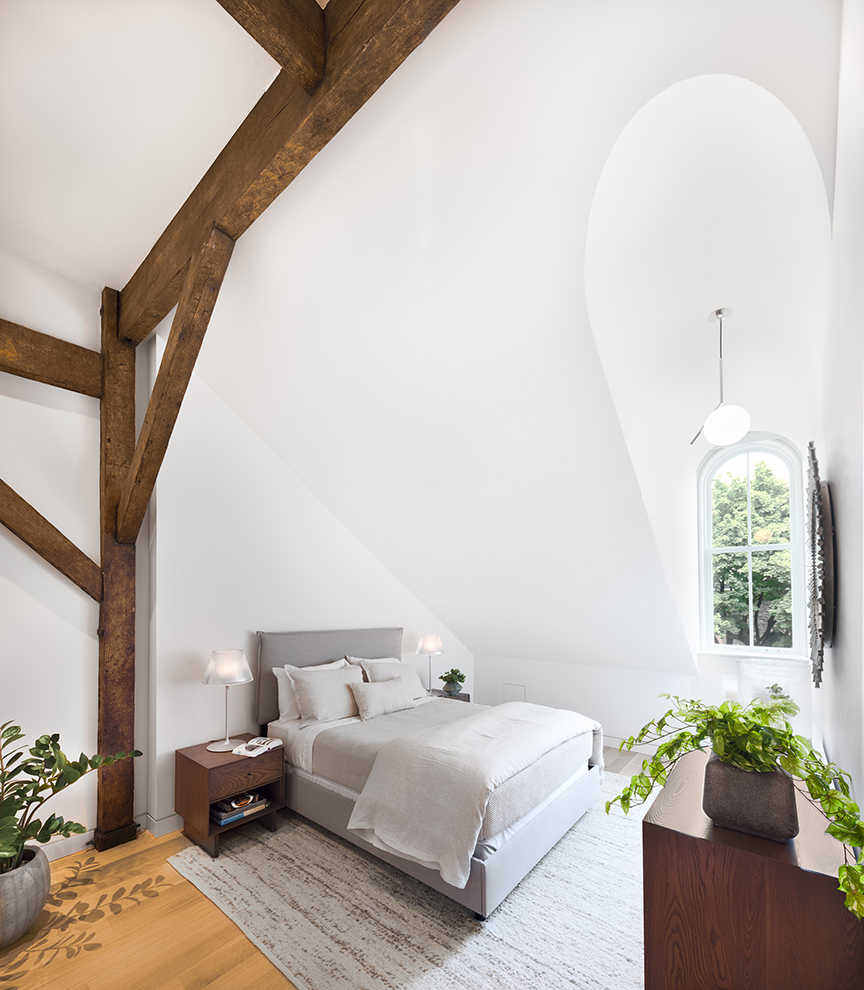
Residences at Prince Street. Photo courtesy Aaron Thompson.
Outfitting homes with an artistic ceiling creates a complete, dynamic space, often tying assorted aspects of home design together, from art to functioning space. In these examples, designers inspired to use interesting techniques have created complex designs that demand people to look up.
Gallery-Style Spaces
The character of a home is often shaped by the items inside it, including art or artistic detailing. Helping to define a home’s character, high ceilings within the home allow ample wall space for art lovers to adorn their walls with prized masterpieces. One example is seen in this Artefacto-designed residence in Bal Harbour, Florida, which boasts 10-foot-plus ceilings with customized panel backlights and recessed lights. The Oceana Bal Harbour unit also features floor-to-ceiling windows framing the breathtaking ocean and Intracoastal views.
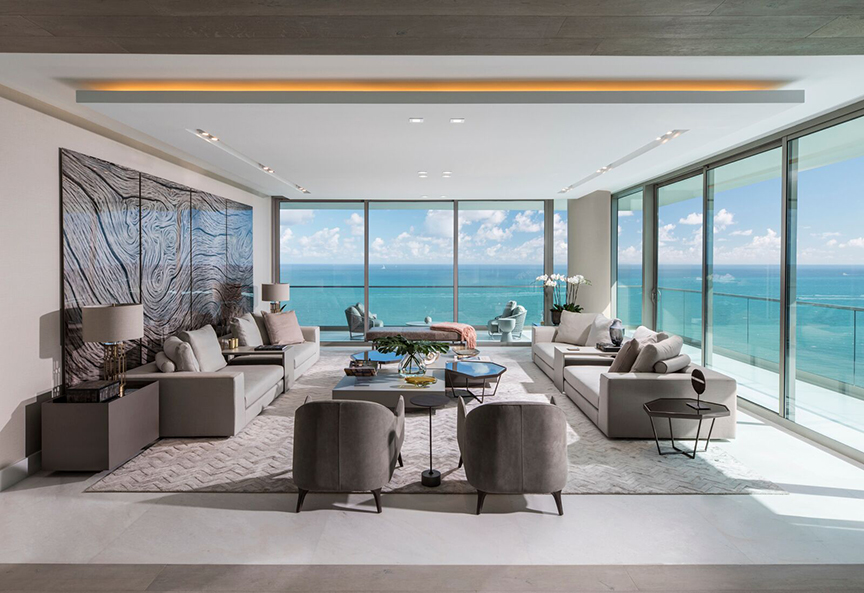
Photo courtesy Barry Grossman.
Embracing the Outdoors
A space can evoke different feelings depending on the environment, both inside and out. To embrace the elements, some spaces utilize the outdoors by bringing them in. Miami’s Brickell City Centre boasts a $30 million climate ribbon, a steel-and-glass elevated trellis that hovers over the retail center. An achievement in artistry and first of its kind, guests and residents of Reach and Rise can gaze at the sculptural element, as it protects them from inclement weather, captures sea breezes to regulate air flow and temperature, collects rainwater for reuse and allows them to enjoy natural light in an open-air environment.
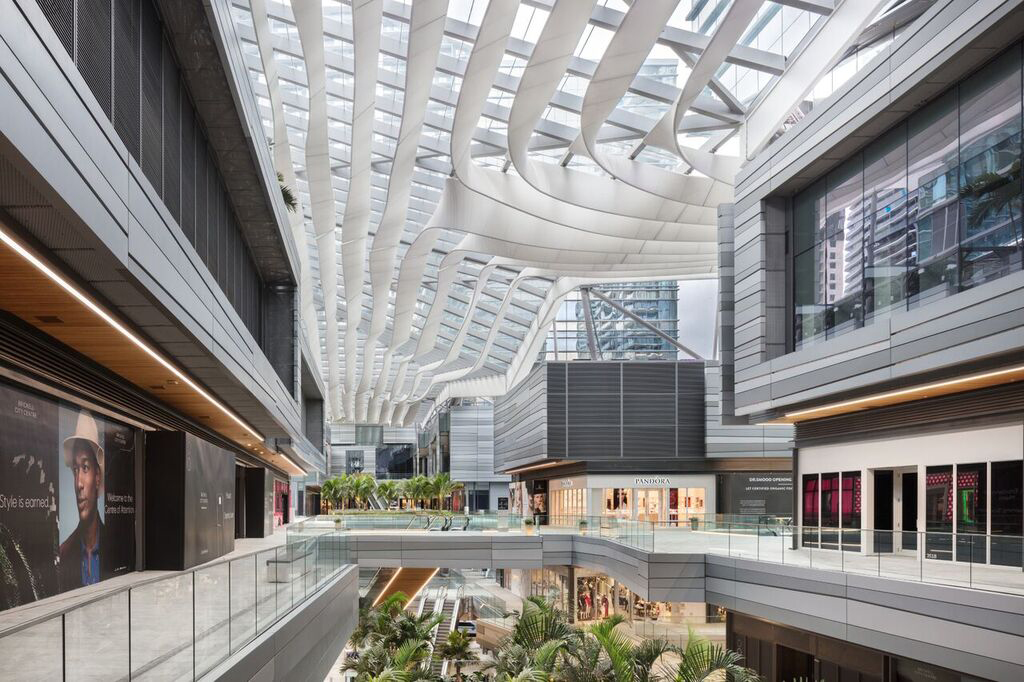
Photo courtesy Brickell City Center.
Smiling at the Past
Historical architecture is highly appreciated in the design industry, as it creates a traditional atmosphere for designers to either enhance or refresh with modern additions. These traditional styles of architecture extend into the home, seen through classic ceilings that add a unique element to the space. Residences at 62-66 North Third in North Williamsburg, New York, feature exposed, high concrete ceilings as a nod to the neighborhood’s industrial past. The residences embody a sense of character, design, and detail that combines modern and traditional Williamsburg in these expansive homes.
Another example with an authentic ceiling design is in this top-floor townhouse at the Residences at Prince Street, formerly part of St. Patrick’s Old Cathedral. The gabled ceilings with exposed wood beams reflect an authentically of the period; existing moldings and details were replicated throughout to create a top-floor living area with skylights and a cozy feel.
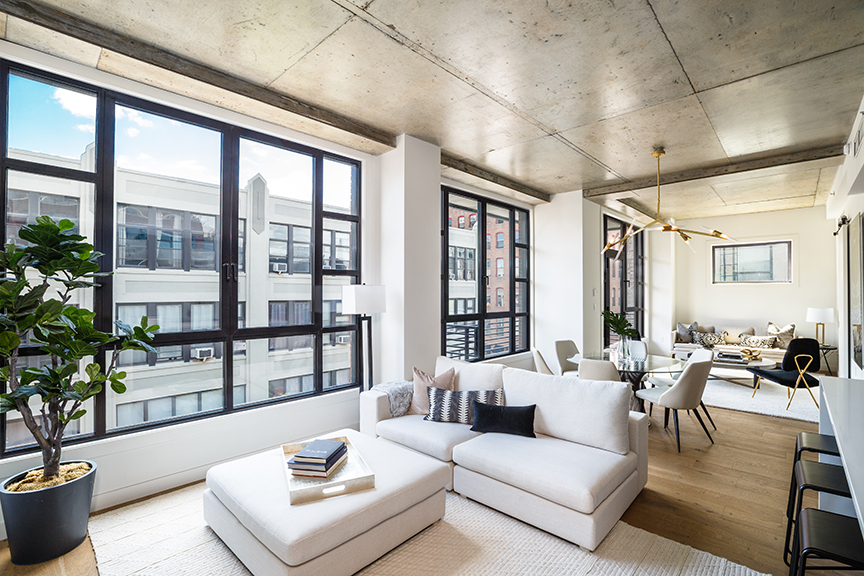
Photo courtesy MNS.


